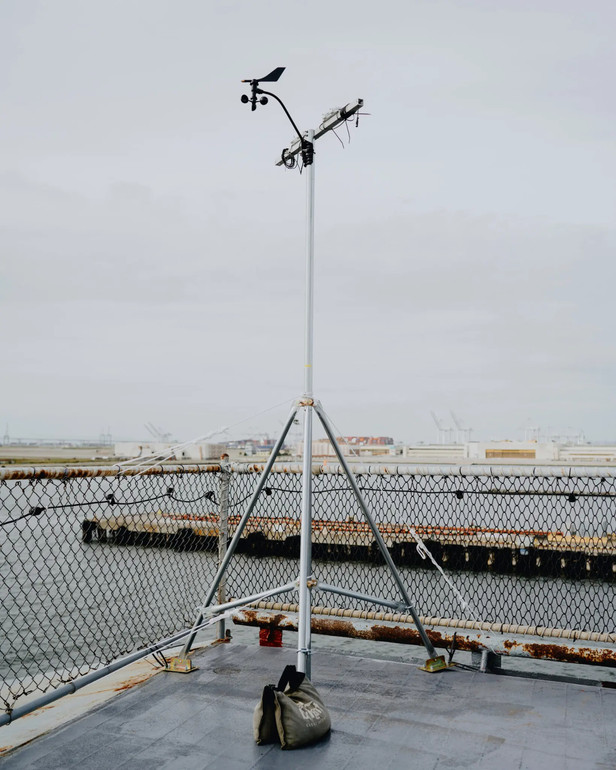In the USA, for the first time, a machine that “cools” the Earth was tested
[ad_1]
In the American city of San Francisco, for the first time, a device was tested in the open sky, which is designed to “illuminate” clouds and reflect the sun’s rays back into space.
With its help, scientists plan to cool the planet, which is constantly heating up, writes The New York Times.
Because the average air temperature in 2023 was 1.45 degrees higherthan in the pre-industrial era, scientists began sounding the alarm and looking for ways to stop the Earth’s warming.
One such method is the “illumination” of marine clouds, which is aimed at returning solar energy to space. Scientists have been developing a device for this for several years.
From the outside, it resembles a snow plow that sprays salty sea aerosols during operation. Before settling on the ground, they rise several tens of meters in the air.
It is known that the first test took place on the “Hornet” flight deck, which is located 15 meters above sea level above the coast of the American city of Alameda.
A lift with sensors was previously installed on it.
A box was placed on one side of the atomizer, which contained a pair of compressors that supplied air to the atomizer.
On the other side was a water tank.
According to scientists, it will take months to analyze the obtained results.
According to scientist Jessica Medrado, who works on the project, in order for the sky to cool, you need to choose the right size of aerosols, because too small particles will not have any effect.
At the same time, too large can have the opposite effect. According to her, the ideal size is submicron particles about 1/700th the thickness of a human hair.
During the operation of the device, a quadrillion aerosol particles should rise into the air every second.
It is noted that if the device shows a good result, as part of the next stage, scientists will try to change the composition of clouds over the oceans.

However, there are opponents of this idea.
According to Karen Orenstein, director of the US Climate and Energy Justice Program, solar radiation modification is an “extremely dangerous distraction.”
Orenstein noted that the best way to solve the problem of climate change is to stop burning fossil fuels.
David Santillo, a researcher at Greenpeace International, said that if sea cloud lighting is used on a global scale, the consequences may be unpredictable.
“This could lead to a change in climate conditions not only over the sea, but also over land. This is a scary vision of the future that we must try to avoid at all costs.”said Santillo.
It is known that the idea of ”illuminating” clouds is not new. In 1990, the British physicist John Latham published in the journal “Nature” text, in which he proposed the idea that injecting tiny particles into clouds could offset the increase in temperature.
Latham later explained that the idea came to him while hiking with his son in Wales, where they stopped to look at the clouds over the Irish Sea.
“He asked why the clouds above were shiny and dark below. I explained that they were mirrors for incoming sunlight.”– said Lethem about how the idea was born.
We used to reported that the Earth is warming much faster than scientists previously predicted.
[ad_2]
Original Source Link











